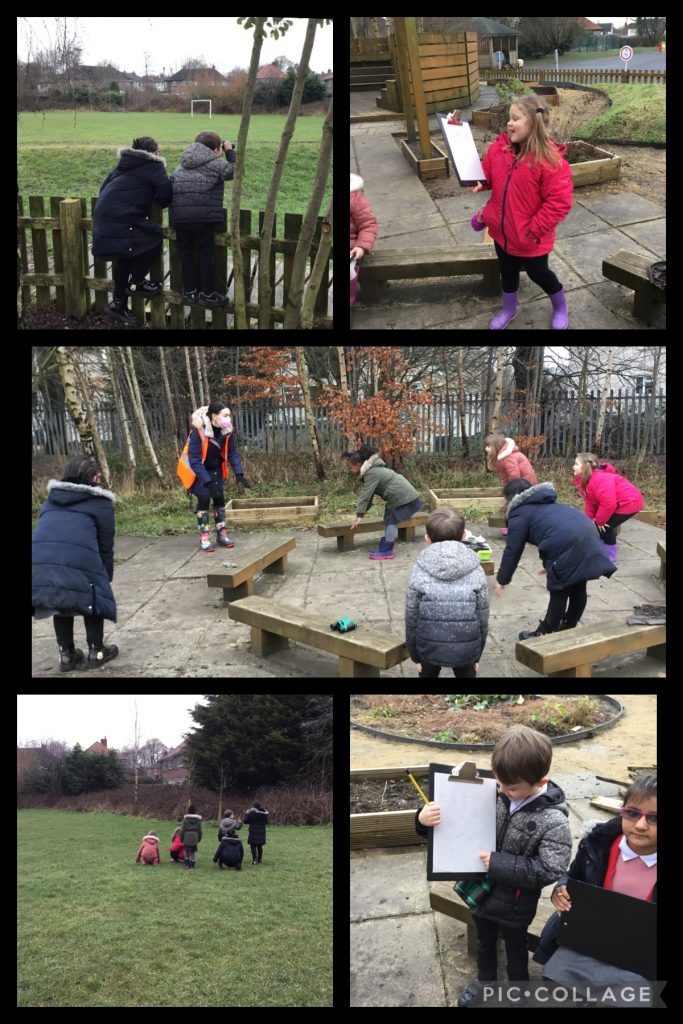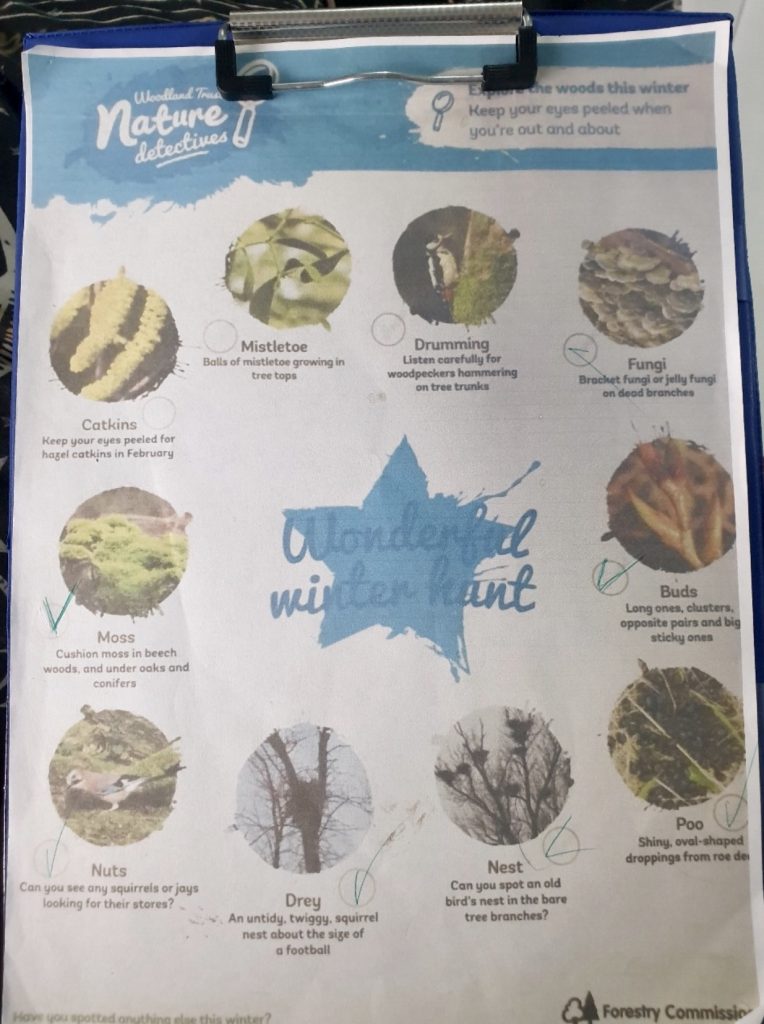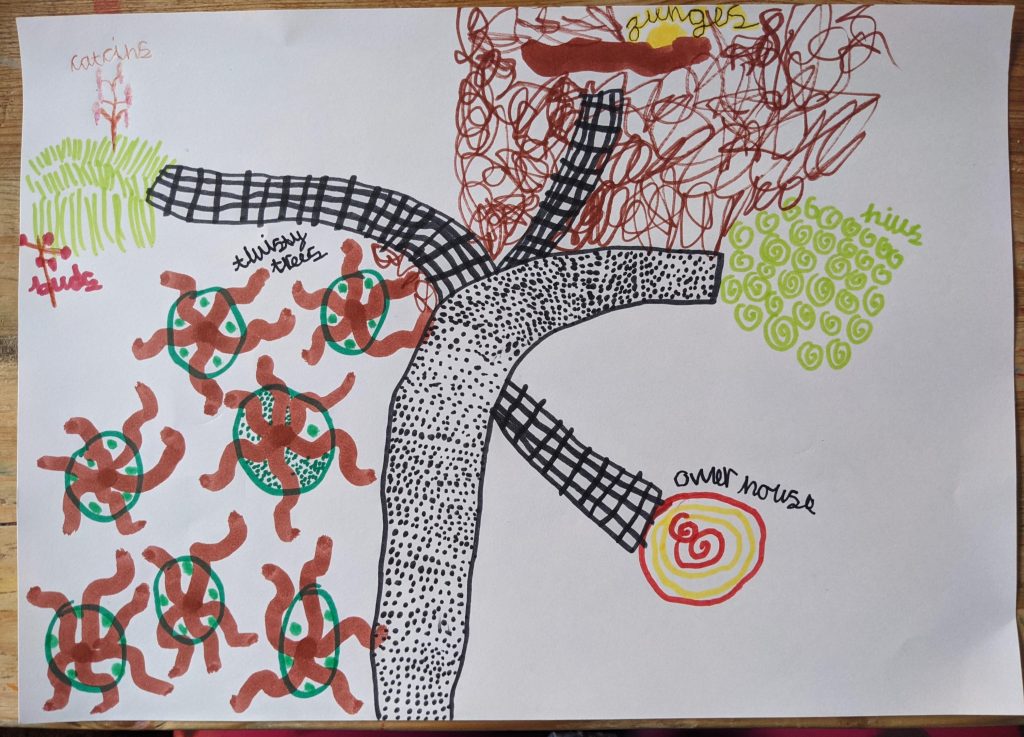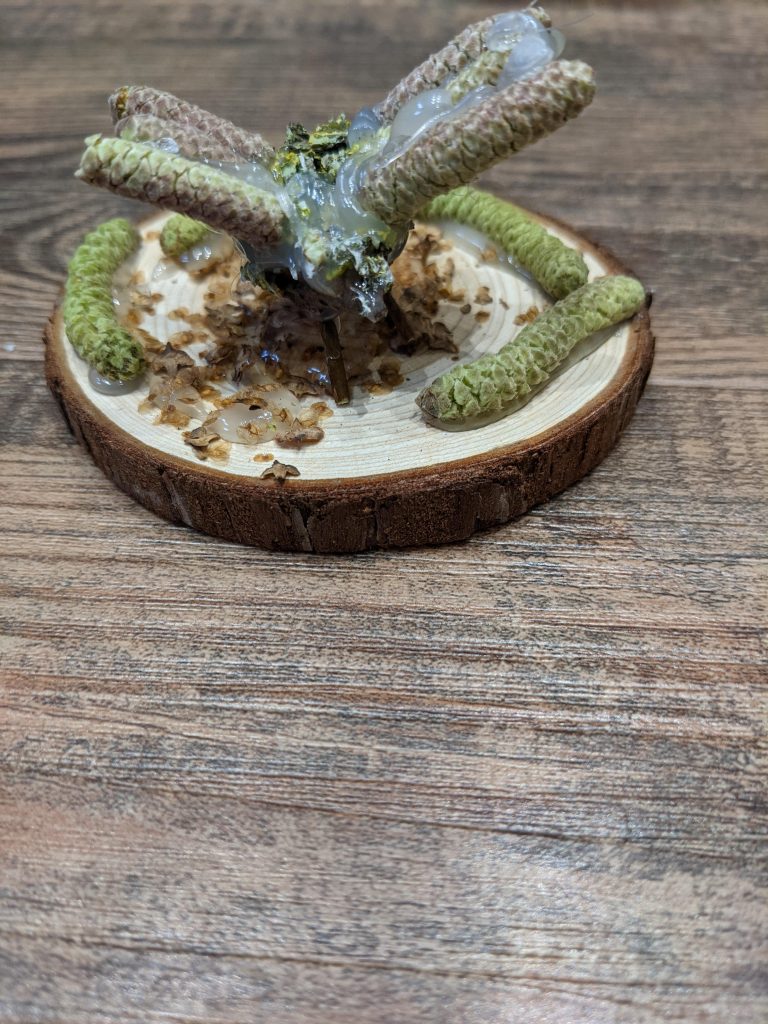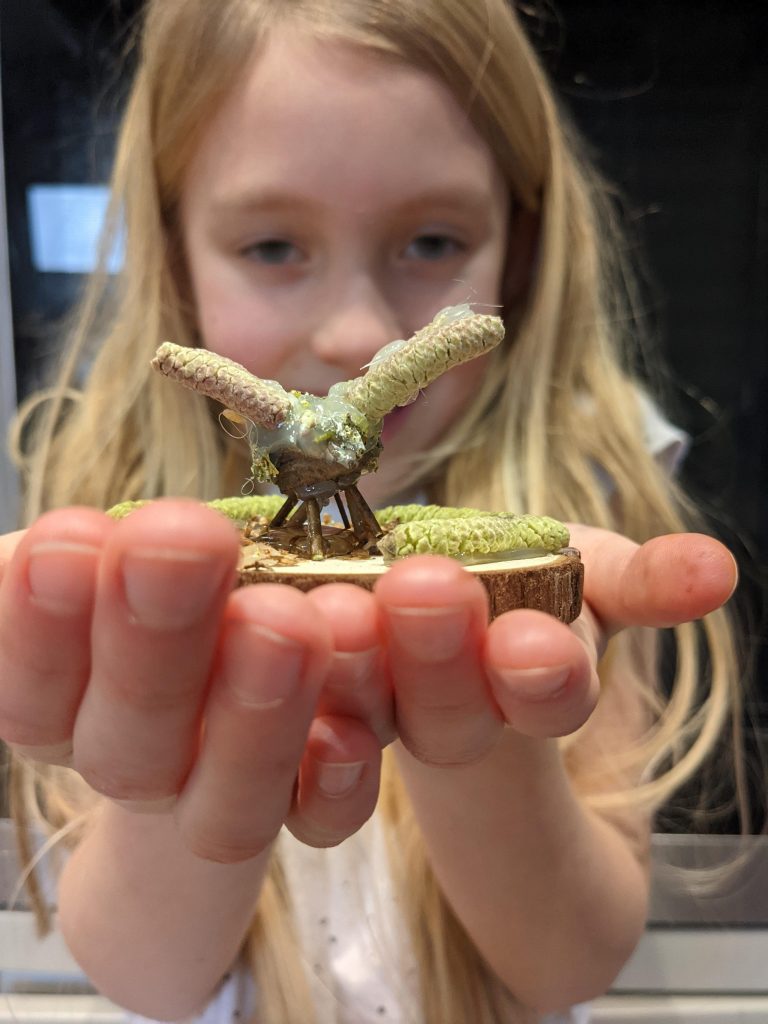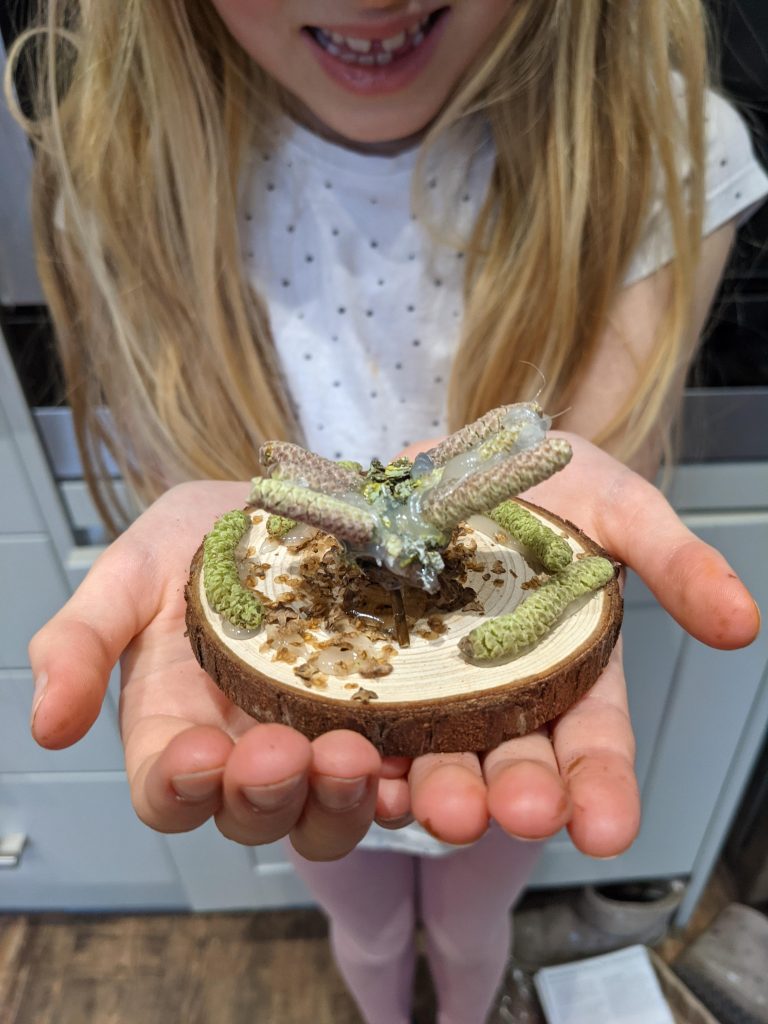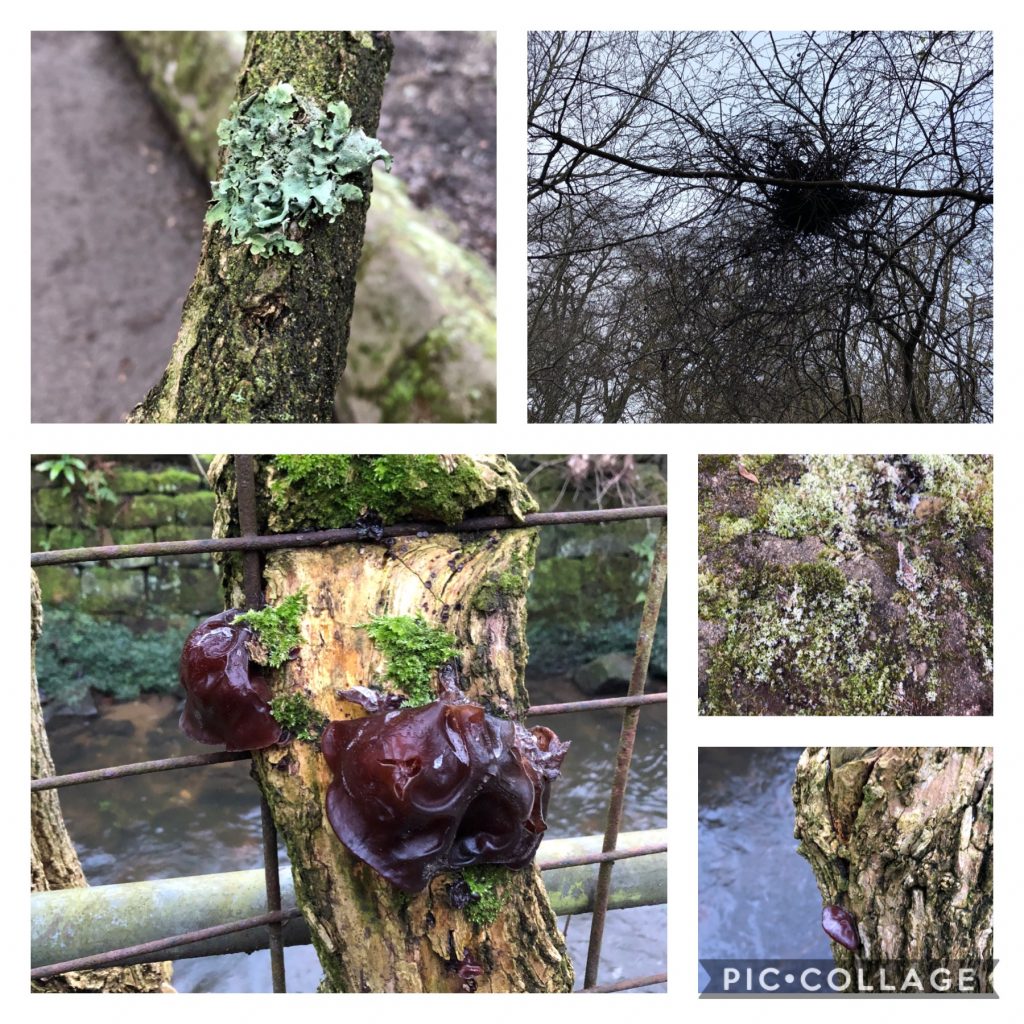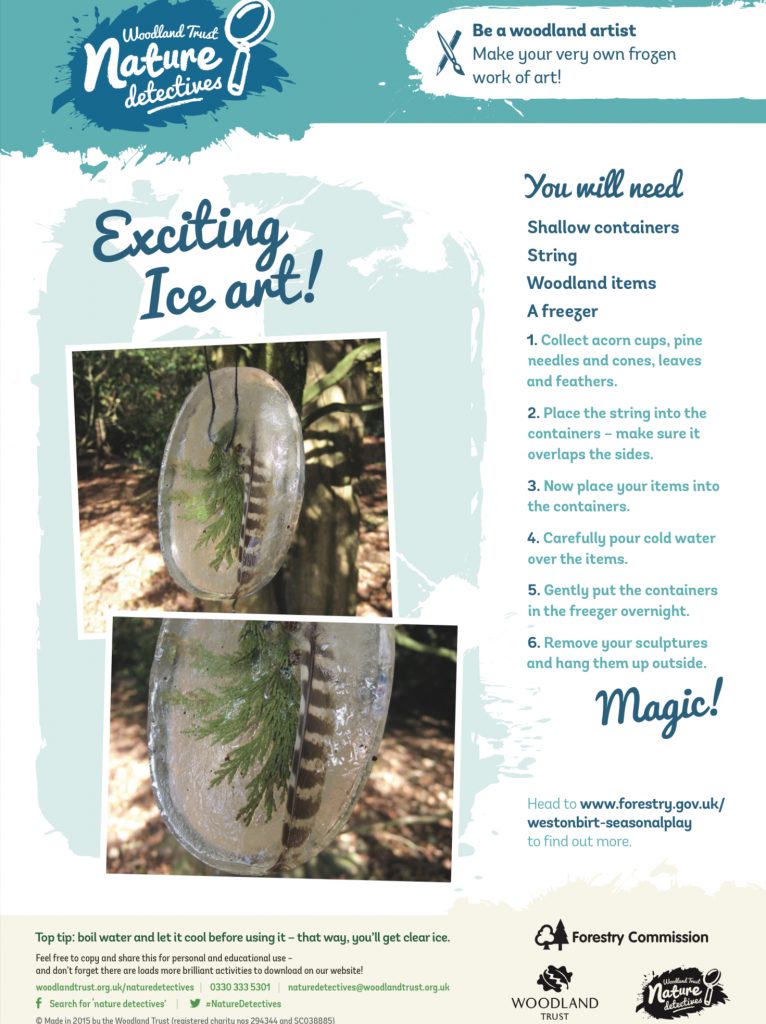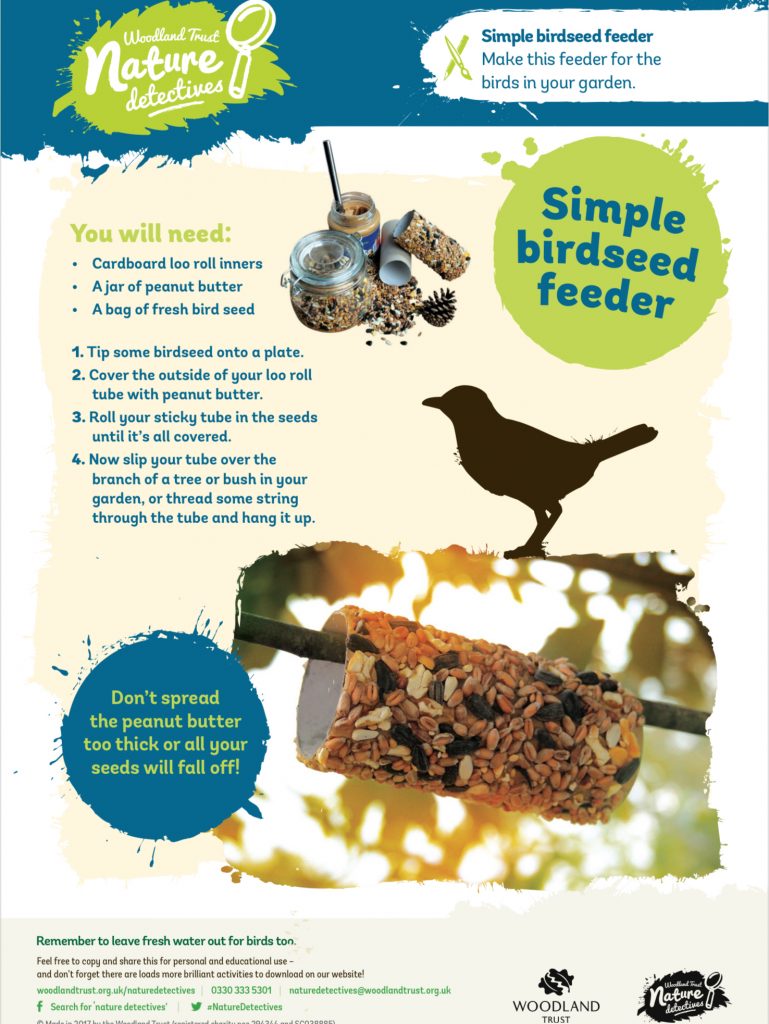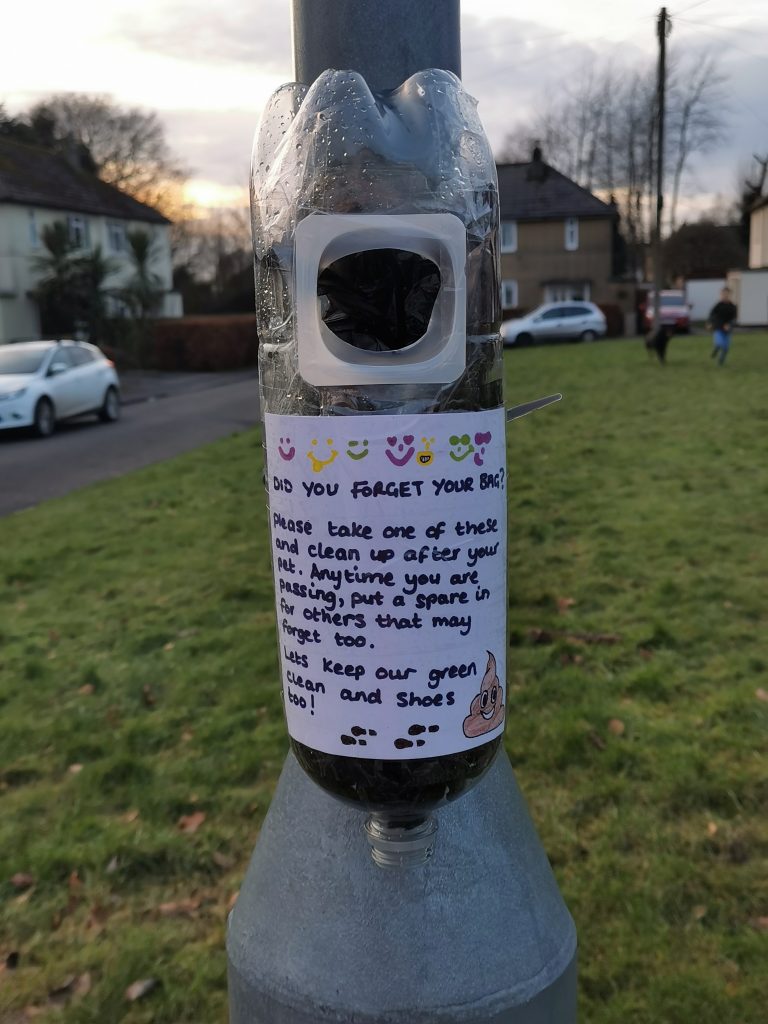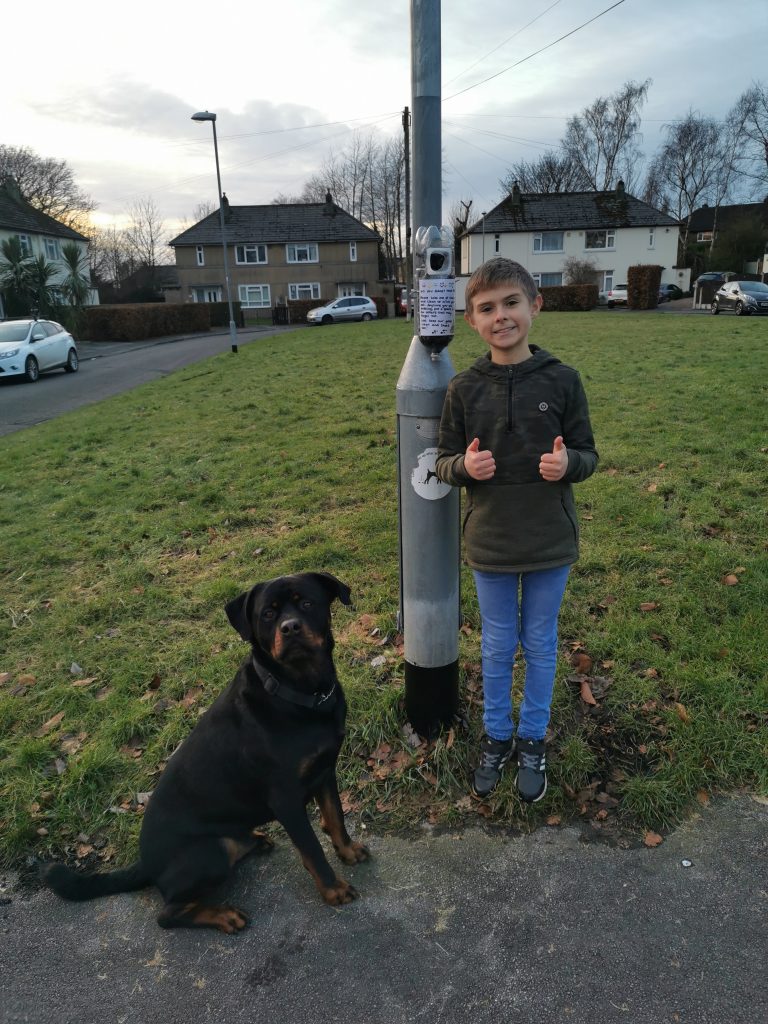The children in Y1 shared some fantastic Forest School activities that they had completed at home. Both children proudly presented their creations during our Forest School zoom meeting today. Autumn challenged herself to completing both whole school challenges and then repotted her houseplants (with the help of her very cute cat) and enjoyed making giant shapes in the snow. Look at the fabulous Fern tree ice art and homemade bird feeder she created! Well done Autumn!
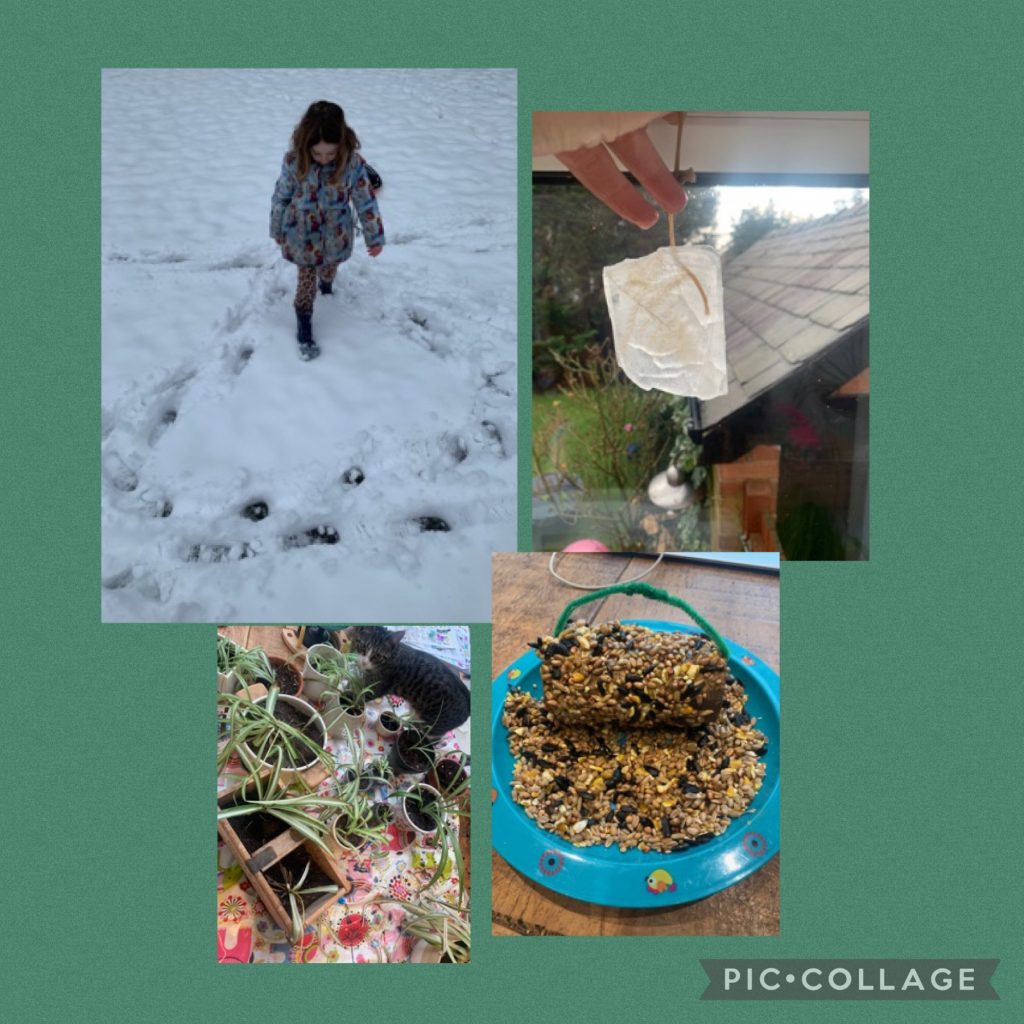
Kian decided to experiment with his ice art by using lots of different winter materials and different sized and shaped containers. Look at all of his beautiful winter wonderland creations! Super learning Kian, keep it up!
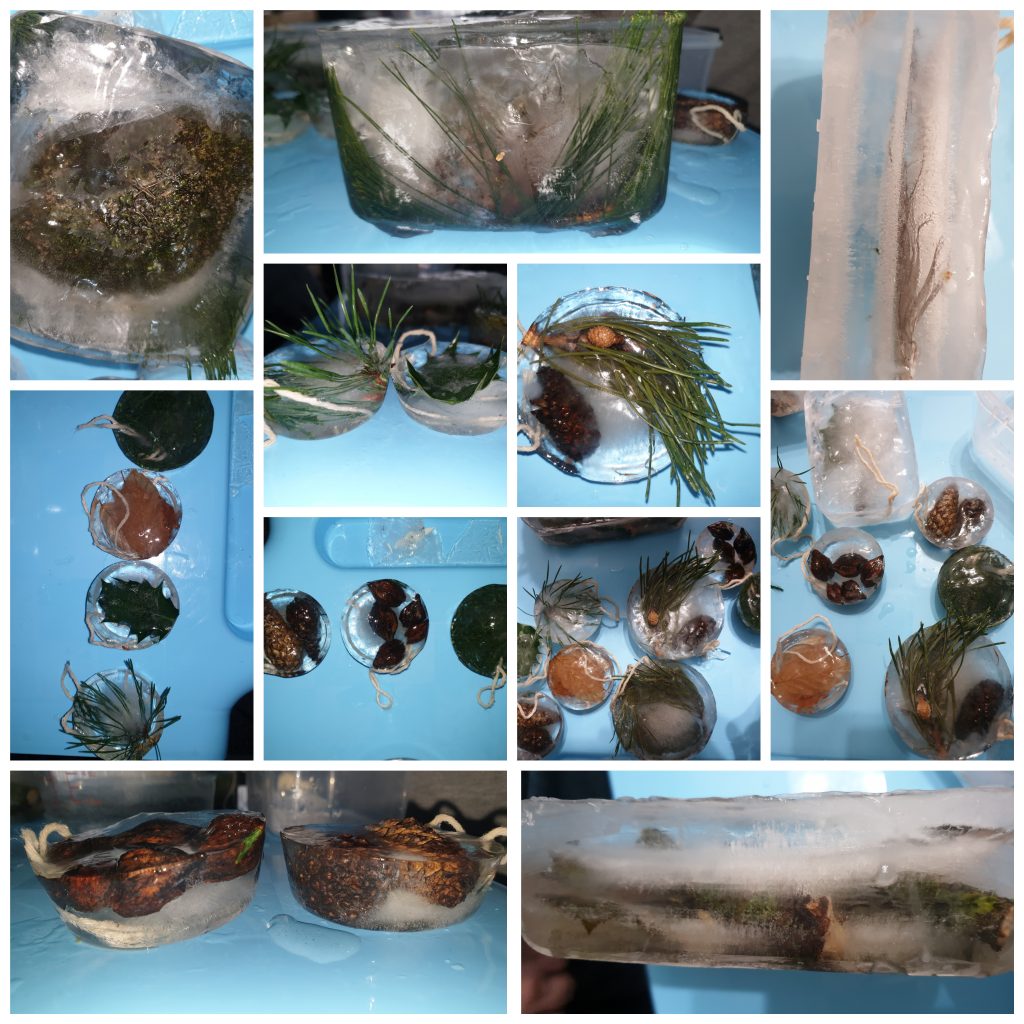
Please send your Forest school learning to forestschool@allertonceprimary.com

